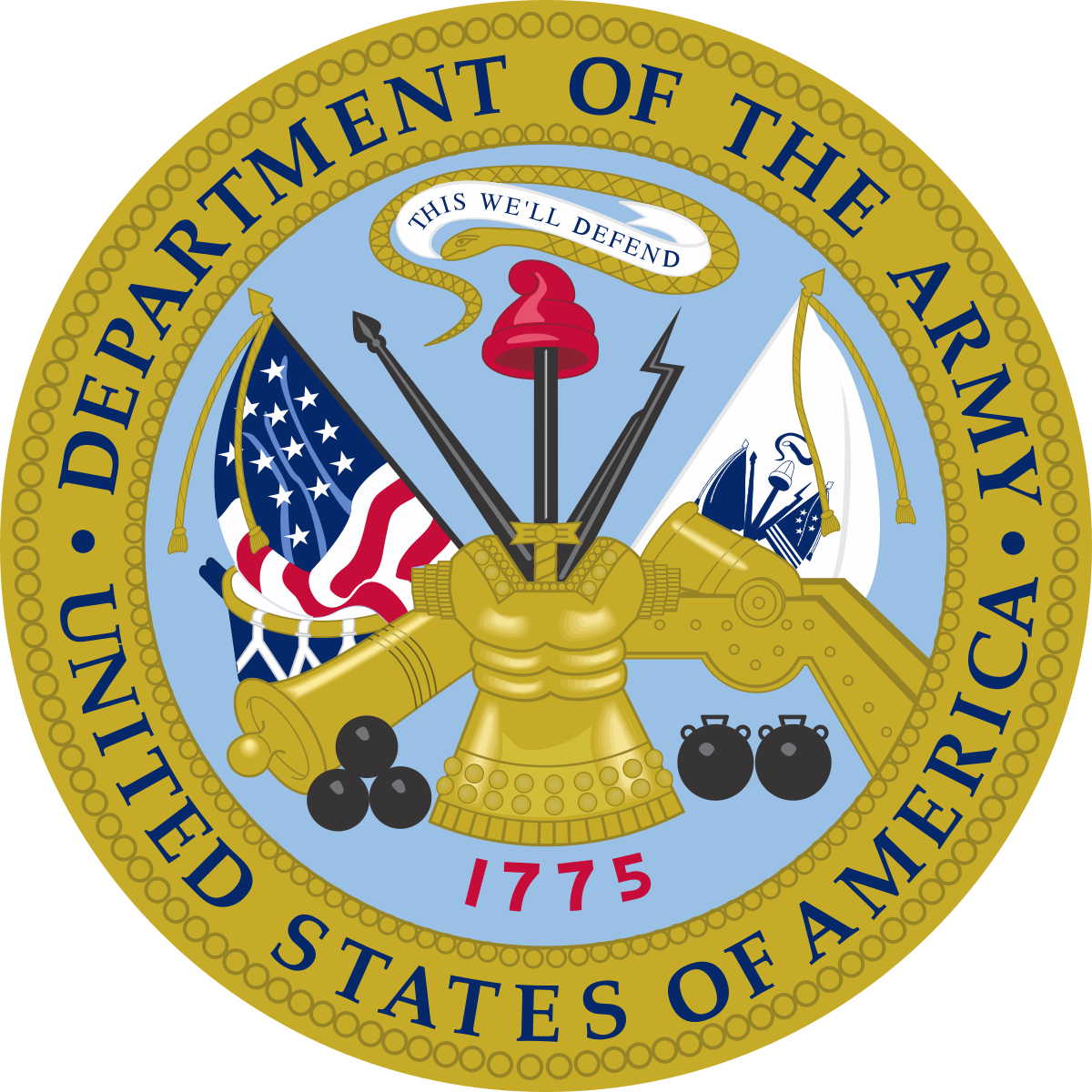The Easiest Branch of Military: Exploring the Options
When it comes to joining the military, many individuals wonder which branch is the easiest to enlist in. While each branch has its own unique challenges and requirements, some branches may be perceived as more accessible or less demanding than others. In this article, we will examine the different branches of the military and discuss various factors that can help determine the easiest branch to join. We will delve into the training programs, physical fitness standards, educational requirements, and career opportunities within each branch. So, let's dive in and explore the options!
1. United States Army

United States Army
The United States Army is the largest branch of the military and offers a wide range of career paths. Here are some key points to consider:
Training Programs: The Army provides extensive training through Basic Combat Training (BCT) and Advanced Individual Training (AIT). The training programs are designed to prepare recruits for their specific military occupational specialties (MOS).
Physical Fitness Standards: The Army has established physical fitness standards that recruits must meet. These standards may vary based on age and gender, but overall, they require a reasonable level of physical fitness.
Educational Requirements: The Army generally requires a high school diploma or equivalent. However, waivers may be granted for those without a diploma but who meet certain criteria.
Career Opportunities: The Army offers numerous career opportunities in various fields, including combat arms, engineering, healthcare, logistics, and technology.
2. United States Navy

United States Navy
The United States Navy is known for its maritime operations and global presence. Let's examine its features:
Training Programs: The Navy provides comprehensive training through Recruit Training Command (RTC) and various specialized training schools. The training programs emphasize teamwork, discipline, and technical proficiency.
Physical Fitness Standards: Similar to the Army, the Navy has physical fitness standards that recruits must meet. These standards focus on endurance, strength, and overall fitness.
Educational Requirements: The Navy generally requires a high school diploma or equivalent. However, waivers may be granted under certain circumstances.
Career Opportunities: The Navy offers a wide range of career opportunities, including positions in aviation, submarines, surface warfare, intelligence, healthcare, and engineering.
3. United States Air Force
The United States Air Force is the aerial and space warfare branch of the military. Let's take a closer look at its characteristics:
Training Programs: The Air Force provides comprehensive training through Basic Military Training (BMT) and technical training schools. The training programs emphasize discipline, physical fitness, and technical proficiency.
Physical Fitness Standards: The Air Force has established physical fitness standards that recruits must meet. These standards focus on cardiovascular endurance, strength, and flexibility.
Educational Requirements: The Air Force generally requires a high school diploma or equivalent. In some cases, a General Educational Development (GED) certificate may be accepted.
Career Opportunities: The Air Force offers diverse career opportunities, including aviation, cyber operations, intelligence, engineering, healthcare, and space operations.
4. United States Marine Corps
The United States Marine Corps is known for its rigorous training and demanding physical standards. Here are its notable aspects:
Training Programs: The Marine Corps conducts demanding training through Recruit Training (boot camp) and Marine Combat Training (MCT). The training emphasizes physical fitness, discipline, and combat readiness.
Physical Fitness Standards: The Marine Corps has some of the most rigorous physical fitness standards among the branches. Recruits undergo regular fitness tests to assess their strength, endurance, and overall physical readiness.
Educational Requirements: The Marine Corps generally requires a high school diploma or equivalent. However, they may consider applicants with a GED or those who demonstrate exceptional potential.
Career Opportunities: The Marine Corps offers various career opportunities, including infantry, aviation, logistics, intelligence, engineering, and law enforcement.
Comparison Table
To provide a clear comparison, here is a table summarizing key aspects of each branch:
| Branch | Training Programs | Physical Fitness Standards | Educational Requirements | Career Opportunities |
| Army | BCT, AIT | Reasonable fitness standards | High school diploma or equivalent | Combat arms, engineering, healthcare, logistics |
| Navy | RTC, specialized training schools | Endurance, strength, overall fitness | High school diploma or equivalent | Aviation, submarines, surface warfare, intelligence |
| Air Force | BMT, technical training schools | Cardiovascular endurance, strength, flexibility | High school diploma or equivalent | Aviation, cyber operations, intelligence, engineering |
| Marine Corps | Boot camp, MCT | Rigorous physical fitness standards | High school diploma or equivalent | Infantry, aviation, logistics, intelligence |
Choosing the easiest branch of the military depends on individual preferences, strengths, and career goals. While some branches may have more accessible entry requirements or less physically demanding standards, it's important to consider the unique challenges and opportunities that each branch offers. Ultimately, the decision should be based on personal aspirations and a commitment to serving one's country.